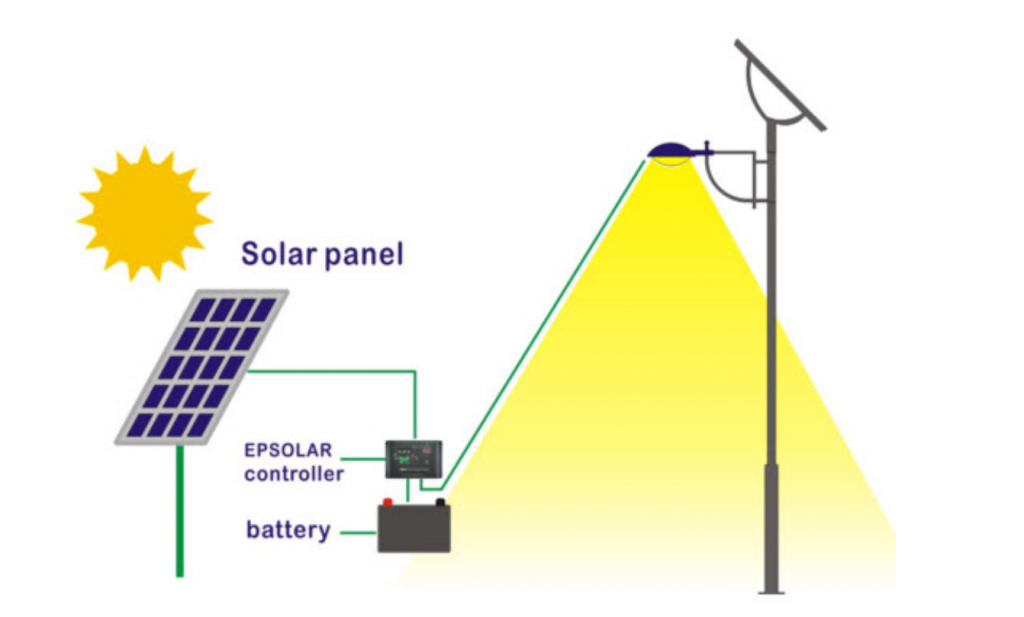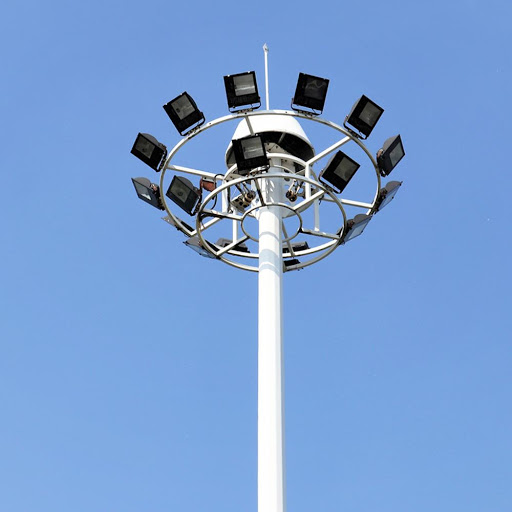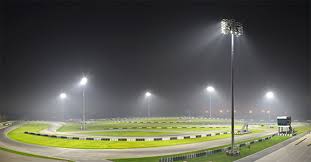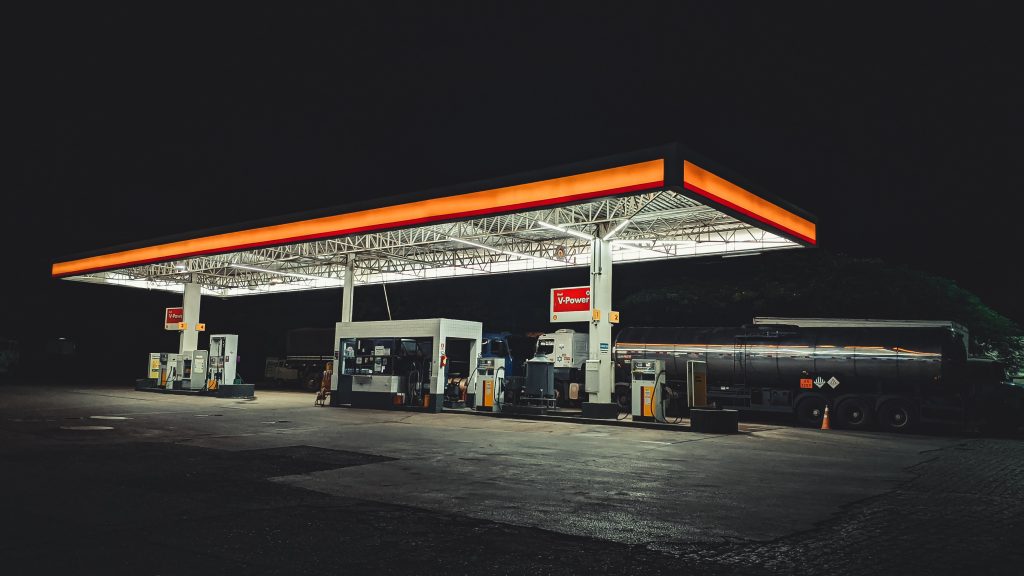The service life of LED lights and their advantages
The life of LED lights can reach more than 100,000 hours.
LED light-emitting diode is a solid-state semiconductor device that can convert electrical energy into visible light. It can directly emit red, yellow, blue, green, cyan, orange, purple, and white light.
the characteristics of LED lights
- High efficiency and energy saving
It only consumes a few kilowatts of electricity for one thousand hours.
- Long life
The semiconductor chip emits light, no filament, no glass bubble, not afraid of vibration, not easy to break, and the service life can reach 50,000 hours.
- Health
Health light does not contain ultraviolet and infrared rays, and does not produce radiation.
It does not contain harmful elements such as mercury and xenon, which is good for recycling and will not cause electromagnetic interference.
- Protect eyesight
DC drive, no flicker.
- High light efficiency
Electric energy with 10% less heat is converted into visible light.
Comparison of LED fluorescent lamps and ordinary fluorescent lamps
The advantages are as follows:
- Energy saving.
- Long life of LED lamp.
- Because of the small size of a single LED, it can be made into any shape.
4. LED lights have a response time of ns (nanosecond) level, while ordinary lamps have a response time of ms (millisecond) level.
Factors affecting the service life of LED Lamps
There are four main factors affecting the life of LED lamps.
(1) The quality of the die is the primary condition that determines the life of the LED
In the LED manufacturing process, other impurity ion pollution, lattice defects and other processes will affect its life, so the use of high-quality LED die is the first condition.
(2) Whether the post-process packaging is reasonable will affect the life of the LED
Whether the post-process packaging of the LED is reasonable will affect the life of the LED. At present, several major companies in the world, such as Cree, Lumilends, Nichia, and other higher-level LED packages have patent protection. These companies have relatively high levels of post-process packaging requirements, and the life of their LEDs is guaranteed. However, most companies have more imitations of LED post-process packaging, which is okay from the appearance, but its process structure and process quality are poor, which seriously affects the life of the LED.
(3) Lamp design is a key issue affecting the life of LED lamps
In addition to meeting other indicators of the lamp, a reasonable lamp design is a key issue to dissipate the heat generated when the LED is lit. Using high-quality original LED products from companies such as Cree on different lamps, the life span of LEDs can vary several times or even dozens of times. For example, the integrated light source lamps (single 30 W, 50 W, 100 W) currently on the market, the light source of these products and the heat dissipation channel contact part of the heat is not smooth, as a result, some products cause light after lighting for 1-3 months. The decay rate is more than 50%. Some products use a low power tube of about 0.07 W, but because there is no reasonable heat dissipation mechanism, the light decays very quickly. These products have low technical content, low cost and short life span.
(4) Lamp power supply is very important to LED life
Whether the lamp uses a reasonable power supply will also affect its life. Because LED is a current drive device, if the power supply current fluctuates greatly, or the frequency of power spikes is high, it will affect the life of the LED light source. The life of the power supply itself mainly depends on whether the power supply design is reasonable. On the premise of reasonable power supply design, the life of the power supply depends on the life of the components.
How to extend the life of LED lights effectively?
This difference can be analyzed from the environment in which the LED lamp is used and various other parameters. How to effectively extend the service life of the LED lamp is a question worth discussing.
First of all, the choice of the quality of LED lights is a very important factor. The different packaging processes will have a considerable impact on the quality of the product. Under the same aging environment, the LED lamp encapsulated with ordinary primer can reduce the light decay by 76% compared with the LED lamp encapsulated with class A low-decay glue. Therefore, choosing LED lights made with a good packaging process will greatly extend its service life.
Secondly, when the LED lamp bead is working, the heat of a single lamp bead will be relatively small, and the temperature of the bracket will not exceed 45 degrees. At this time, the life of the LED lamp will be ideal, but when the LED lamp is composed of a lamp group, the corresponding temperature is Will rise, which is not conducive to long-term use of LED lamps. There are two ways to solve it. The first is to choose a lamp group with a larger distance between the lamp beads, preferably above 25mm. The second is when the LED is working, it is best to have a small fan next to it to dissipate heat. This will also extend its service life. The ideal working temperature of LED is of course between minus 5 and zero degrees. But this is basically impossible. In short, LEDs are resistant to heat. The higher the temperature, the shorter the life of the LED, and the lower the temperature, the longer the life of the LED.
Thirdly, the service life of LED lights has a lot to do with the environment. Environmental temperature, humidity, salinity and many other factors will cause a certain degree of erosion and damage to the lamp body. For example, in areas near the sea, the moisture and salt in the air are high, and the lamp shell will be corroded over time. This affects the use of the entire lamp. Therefore, outdoor luminaires must have stricter standards than indoor luminaires in terms of waterproof and anti-corrosion design. The housing, drive power, lens and protective panel and other parts must be made of superior materials to ensure the prolonged life of the luminaire.
Does the number of switching lights affect the life of the light?
It is often said that if the lamp is switched on and off once, the life of the lamp will be shortened. From an economic point of view, it is better to turn off the light at will or not. It is said that some time ago, I saw a report in a newspaper: “some experts told people that every time the light is turned on and off, the life of the lamp will be shortened by 2 hours. Therefore, it is concluded that if the light is still on within 2 hours, it is better not to turn off the light.
Is this “reasoning” right? Can the reduction of two hours’ life be comparable to the power consumption of two hours without turning off the lights? We may as well make a calculation.
Let’s assume it’s a 36W fluorescent lamp. If the nominal economic life of ordinary fluorescent lamp is 8000 hours, and the average unit price of lamp is $8.00 , the corresponding cost of lamp tube is 8 × 2 / 8000 = $0.002. Based on the most energy-saving electronic ballast, the total power consumption of the system is only 0.036 kW / h. If the electricity price is calculated as $0.60 per kilowatt hour, the electricity charge for two hours is 0.60 × 0.036 × 2 = $0.043.
Even if we agree to shorten the life of the primary lamp by 2 hours, the critical value of the energy consumption cost of the switching time interval equivalent to the 2-hour life cost should be: T = 0.002 / (0.60 × 0.036) = 0.093 hours = 6 minutes. That is, if you leave the room for more than six minutes, you should turn off the lights. We can use the same method to calculate 40W incandescent lamp (unit price is 1 yuan, service life is 1000 hours), and the result is that the interval is less than 5 minutes. Let’s discuss the premise of this hypothesis: does switching on and off once really affect the 2-hour life of a lamp?
We still take fluorescent lamps as an example. According to the life distribution of the lamp, its end of life (failure) can be divided into early failure and late failure. There is a high early failure rate in the first few decades of lamp use, then the failure rate decreases significantly and tends to be stable, and then increases rapidly before and after the expected life. The failure curve behaves like a bathtub, which is usually called the failure distribution bathtub curve. The failure factors of early and late period are completely different.
The factors that affect the failure (called failure mechanism) are glass stress, insufficient mercury content, abnormal inflation pressure, etc. for early failure, it is not a problem that the switch loses several hours at a time, because the full life of the lamp is only tens or hundreds of hours. Therefore, we are concerned about the late failure. There are two kinds of failure mechanisms of fluorescent lamps in the late stage: the decline of phosphor luminous efficiency (economic life) and the failure of lamp to light up under normal voltage due to the depletion of electronic powder (the lamp cannot light up, which can be called the limit life).
After the triple helix filament which can store a large amount of electronic powder has been widely used in modern fluorescent lamps, and the better coating process of electronic powder is adopted, the main factor affecting the lamp life is the brightness decline of phosphor, that is to say, the limit life of lamp tube greatly exceeds the economic life. This is why the lamp’s nominal life can be increased to 16000 hours when using low decay rare earth phosphors. The influence of switch on lamp is mainly the limit life of lamp. Because the limit life is very rich, the user will not feel the shortening of the lamp life under the normal application.
As for the abnormal state of extremely frequent switching, because the failure mode of the light source does not conform to the normal Poisson distribution, but is closer to the Weibull distribution, people can not make a linear prediction that each switch will affect the lamp life for several hours. Otherwise, we will find a way to accelerate the life test of the lamp by switching times. When the lamp is switched on and off frequently, the lamp life depends on the on-off interval time, the preheating mode of ballast to the lamp, and the ambient temperature of the lamp.
According to the average data of the laboratory, when the switching frequency is lower than once per minute (which is enough for practical application, it is equal to more than 1000 switches per day), the impact of switching once on lamp life is not more than a few minutes. Let’s call it 10 minutes. According to the same derivation as above, we can calculate the critical value of the switching time interval as: T = 8 × 1 / 6 hours / 8000 × (0.60 × 0.036) = 0.009 hours = 30 seconds.
That is, if you leave the room for more than 30 seconds, you should turn off the lights. In fact, you should turn off the lights when you leave the room.
So far, we have made an analysis from the economic point of view of consumers. We also need to look at the importance of turning off lights at will from a social point of view.
Lighting a lamp consumes electricity. We can compare the energy that is materialized in a lamp (the total energy consumed to make a lamp, that is, the total energy lost by society at the end of its life) and the energy consumed when lighting the lamp. The power consumption of producing a 36W fluorescent lamp in the factory is about 0.2 kwh, and the equivalent power consumption of oil, gas and purchased material parts is 1.1 kwh. The power consumption of 8000 hours using this lamp is 288 kwh. The energy saved by turning off the lamp for one hour is significantly greater than the social energy loss of shortening one hour life.






